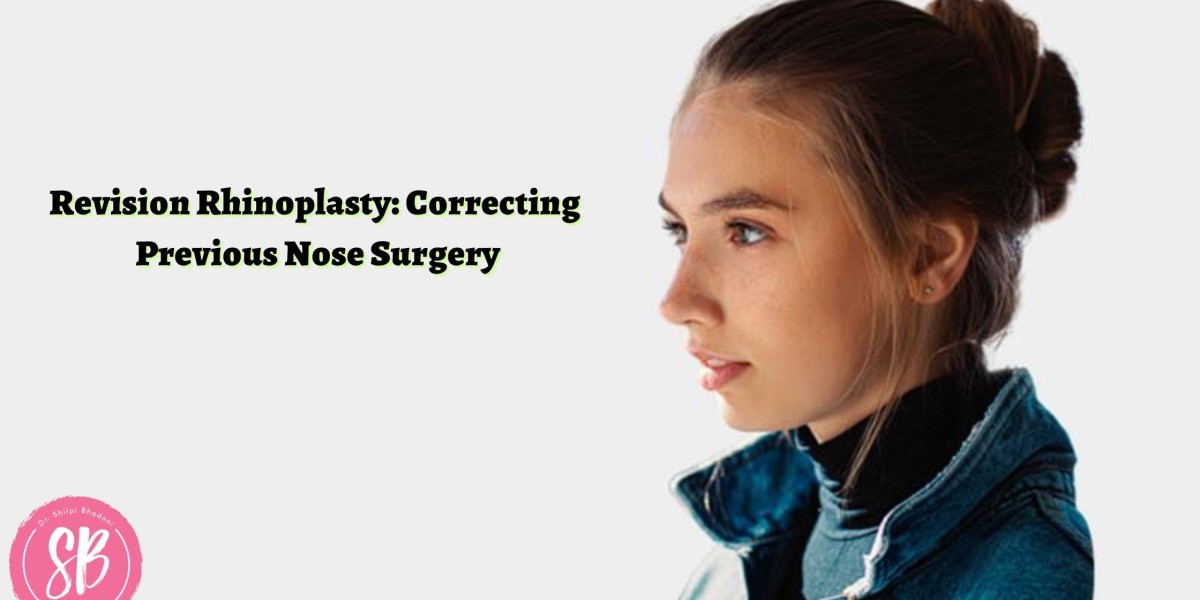And any deformity in the nose can have an impact on the overall appearance. Rhinoplasty in Delhi and other states are gaining immense popularity. It is a surgical procedure that changes the shape or size of the nose. The surgery can help improve any hereditary nasal abnormality, rectify the nose shape, or enhance the nose.
Revision rhinoplasty, also known as secondary rhinoplasty, is a surgical procedure used to correct and improve the outcomes of previous nose surgeries. It is usually performed if the initial rhinoplasty did not achieve the desired aesthetic or functional result or if complications arise.
Reasons for Revision Rhinoplasty:
- Unsatisfactory Aesthetic Result
If one is dissatisfied with the appearance of their nose after their initial surgery, revision rhinoplasty can help address issues like asymmetry, a crooked nose, a residual bump or hump, an over-resected bridge, or an overly projected or recessed tip.
- Concerns about Functionality
As a result of the previous surgery, some people may have breathing problems or nasal obstructions. Revision rhinoplasty can improve nasal airflow and correct any functional issues.
- Complications
Although complications are uncommon, they can occur following rhinoplasty. Infection, excessive scarring, implant displacement or rejection, nasal collapse, or a persistent droopy tip are all possibilities. These issues can be addressed with revision rhinoplasty.
- Changes Over Time
Natural aging, tissue healing, and trauma can all cause rhinoplasty results to change over time. Any changes or shifts in the nasal structure can be addressed with revision surgery.
The procedure of Revision Rhinoplasty
Revision rhinoplasty is a complicated procedure that necessitates the skills and experience of a skilled and experienced plastic surgeon who specializes in nasal surgery. Several steps are involved in the process:
- Consultation
The surgeon will discuss the patient's concerns, expectations, and goals during the consultation. They will assess the patient's nasal anatomy, medical history, and previous surgical outcome to develop a personalized treatment plan.
- Surgical procedure
The revision rhinoplasty will be performed by the surgeon using a variety of techniques, which may include grafting, reshaping the nasal bones or cartilage, adjusting the tip projection, or modifying the nasal septum for improved function.
- Recovery
The recovery period following revision rhinoplasty is similar to the recovery period following the initial surgery. Swelling, bruising, and discomfort are to be expected, and they may last for several weeks. Following the surgeon's post-operative care instructions, such as resting, avoiding strenuous activities, and attending follow-up appointments, is essential.
To achieve the best possible result, choose a board-certified plastic surgeon with extensive experience in revision rhinoplasty. They can evaluate one’s situation, discuss potential risks and benefits, and walk one through the process to help them achieve the desired aesthetic and functional improvements. One can consult Dr. Shilpi Bhadani, the best plastic surgeon in Delhi, at SB Aesthetics. Book an appointment today.








